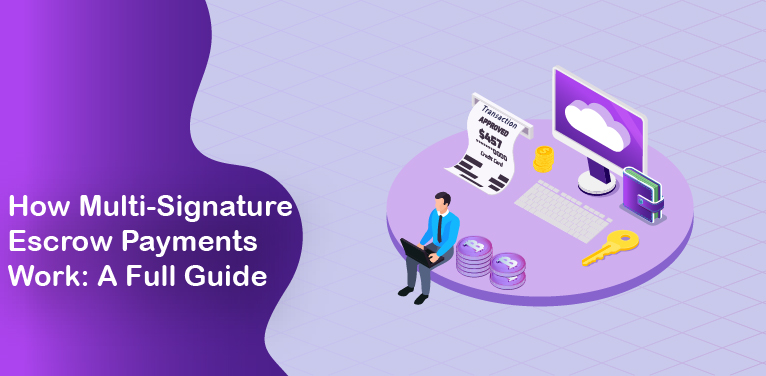With the rise of Bitcoin’s popularity and adoption alongside other cryptocurrencies, a lot of online exchanges were created to handle peoples coin-trading journey, but the issue is that most of these exchanges are centralized, which is in direct opposition to what Bitcoin is, to be decentralized and not having trust in the process of sending and receiving money.
When people within the cryptocurrency scene realized the popularity and dangers of these centralized exchanges, a push for the creation and use of decentralized exchanges started to occur, and with it comes different types of systems to use on these DEX platforms, such as a multi-signature process.
What is a decentralized exchange?
What’s currently popular at the moment are centralized exchanges, ones where you transfer funds from your possession to the ones running the CEX platforms, so that they would handle all of the backend processes of exchanging your coins for another.
In a decentralized exchange, you wouldn’t have to transfer your funds to the exchange platform for them to hold, but instead, you would continue to retain your funds until the actual exchange happens between yourself and another person. No one would have access to your coins.
What are multi-signature escrow payments?
One of the current systems that some decentralized exchanges use to provide people with the service of exchanging their coins with another, is the use of what’s known as a multi-signature process, where the DEX platform acts as an escrow to confirm transactions between people.
Create a multisig wallet
For you to start properly using a decentralized exchange that acts as an escrow in a multi-signature process, it’s advisable that you first properly understand how the multisig process works, and the fastest way for that would be to test it out yourself by creating a 2 of 3 multisig Bitcoin wallet on WH Cypher, Guarda or BlueWallet for example.
Fill that new multisig wallet up with a few sats and try to send it to a different wallet that you have. You’ll notice that the number of signatures that you need is two, where the first and main wallet that you’re trying to send money from has already signed that transaction you’re trying to send, and now you’re required to get either one of the other associated wallets within this multi-signature set up to sign the transaction.
After all of the criteria have been met in this 2-of-3 multi-signature wallet to sign a transaction that was being produced, where a single signature would not have been sufficient, it would then be broadcasted to the Bitcoin network to get confirmed.
Now that you’ve created and tested one or more multisig wallets, you’re ready to conduct transactions on escrow-based decentralized exchanges.
How do multi-signature escrow payments work on decentralized exchanges?
Using a multisig process, decentralized exchange platform acts as an escrow to finalize transactions between individuals, using the multi-signature process, without holding any crypto from either party and because of this, concern for maintaining the security of your funds would be alleviated, as all funds are retained with the two parties involved in an exchange, that is until the everything is clear to all parties that everyone would receive their agreed-upon coins.
For example, here at WhalesHeaven, when one user would like to exchange a certain amount of Bitcoin for an amount of Ethereum, they’d set up a multisig wallet between themself and with the DEX platform using the Guarda wallet, deposit the BTC, and then put up a sell offer on the platform and wait for a buyer to purchase that BTC for ETH for example.
Once a buyer has been found, the process begins where both parties would check that they’d receive the appropriate amount, and confirm that they’re fine to conduct the exchange by signing their transactions with their private key, after which, WhalesHeaven would then double-check that everything is correct and then gives its own confirmation of the exchange by signing the transaction with its own private keys at the same time for both of the multisig wallets involved.
Once that’s over, both transactions will be executed properly and confirmed within their respective blockchains as it gets broadcasted to their own network. Both the buyer and seller have received the coins that they initially asked for.
